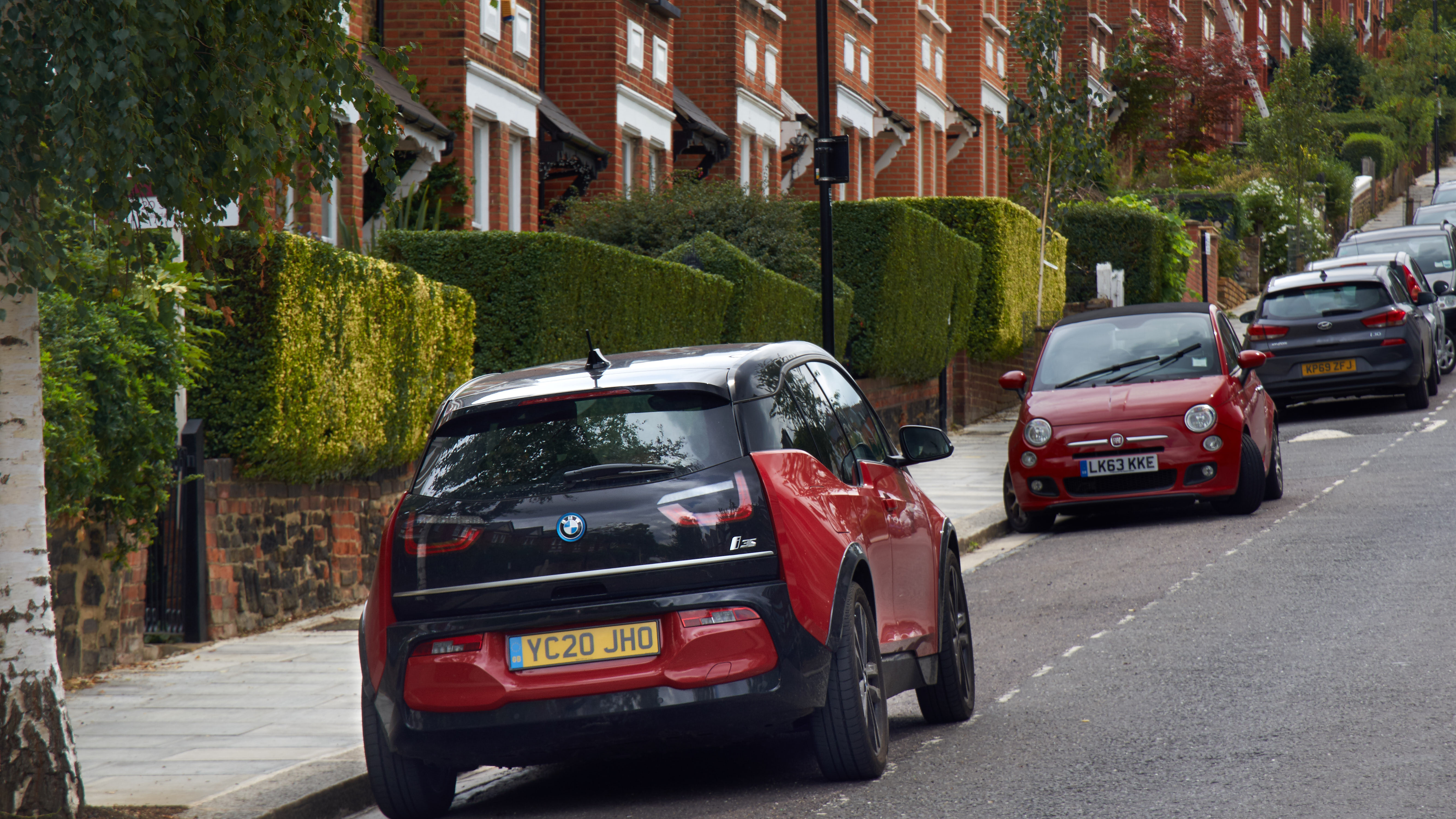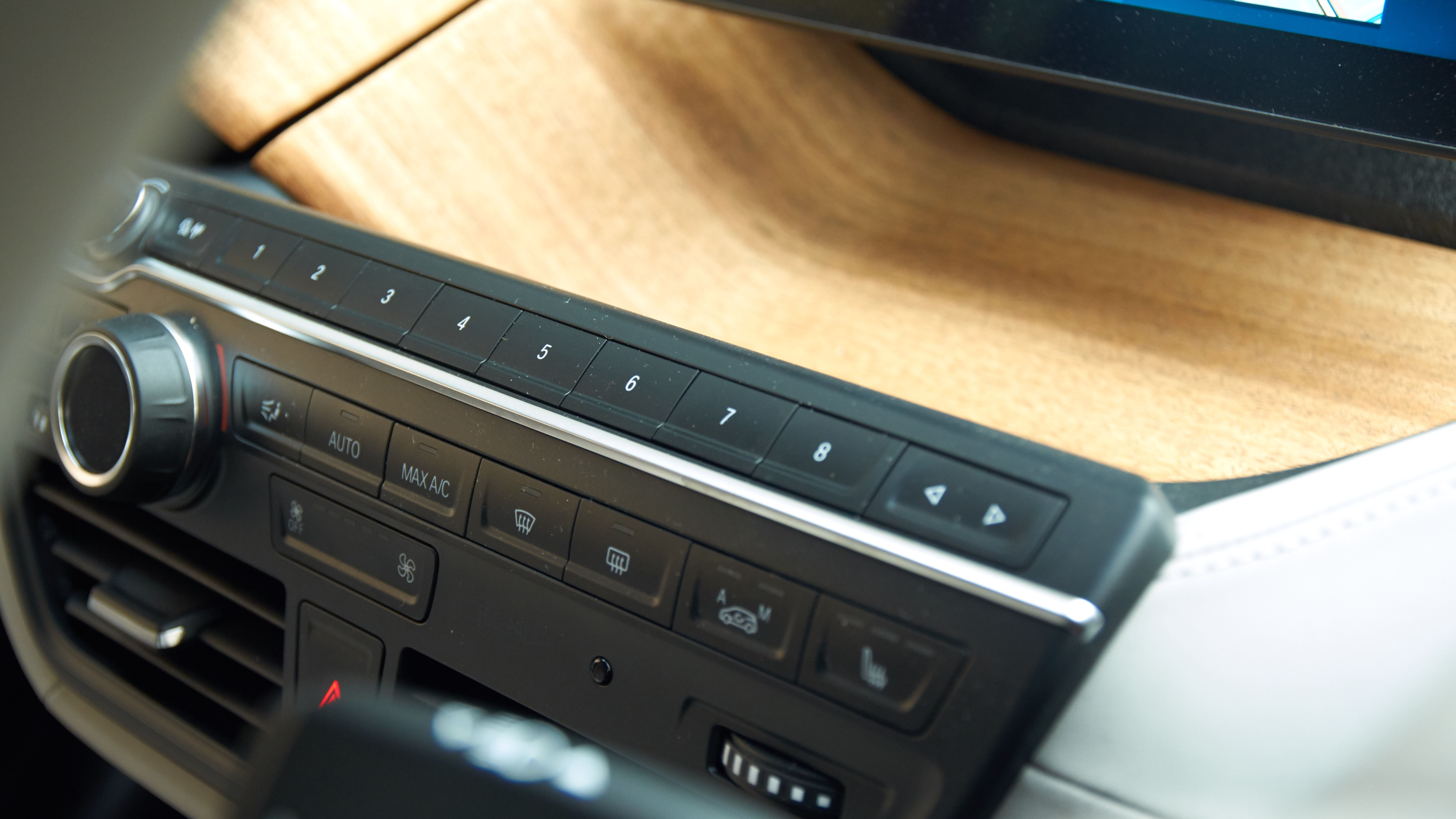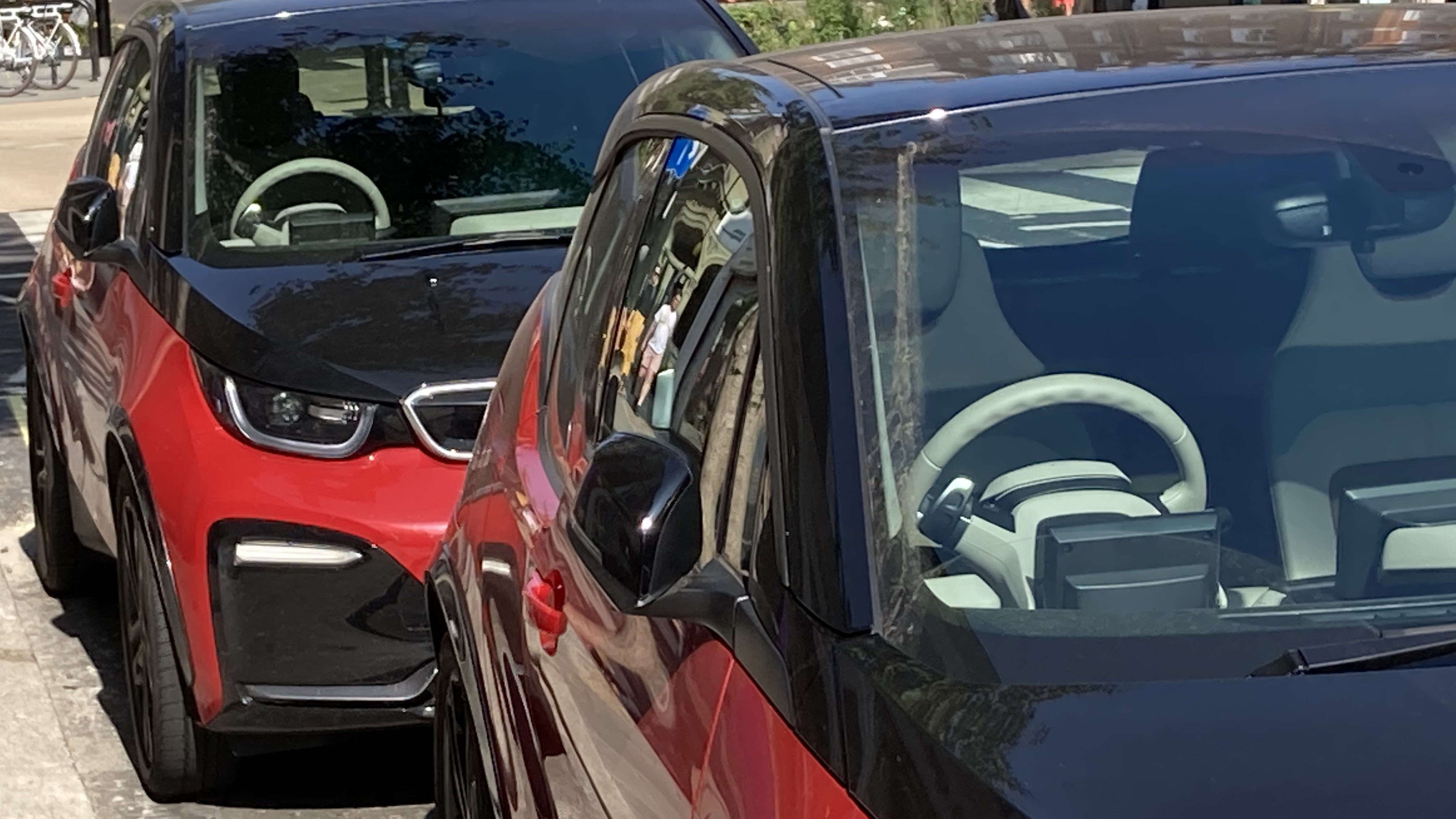
SPEC HIGHLIGHTS
- SPEC
BMW i3s
- Range
175.2 miles
- ENGINE
1cc
- BHP
184bhp
- 0-62
6.9s
Why the BMW i3 is a better electric car than 2020's newcomers
I've already argued that the i3 is a better all-round car than a Honda e. It's as good to drive, as nice to sit in, and as roomy. It's 300kg lighter and yet has a significantly longer electric range. All of which is pretty amazing given it was launched in 2013, the year we lost Nelson Mandela and gained Prince George.
I'd go further and say the i3 can face up to all the other compact 'premium' electric cars I've been driving in the past few weeks, and bat them away one by one. It's roomier than a Fiat 500 and better to drive. Roomier than a Mini electric and goes further. Goes further than a Mazda MX-30 and is quicker.
But then, there's a reason. The i3 might be old, but it's still expensive.
The lightness and aero efficiency of the i3 means it can go a long way on this moderately-sized battery. The visible body is all-carbonfibre. The skateboard is all-aluminium. It's a seriously exotic car. That doesn't come cheap.
Still, it's better value than it was when new because it now has a battery that'll take it twice as far.
The i3 starts at £36,690 after incentive. It's a lovely thing but not that well-equipped. You get a good satnav and comms system, and the furniture's expensive-feeling. But there's no driver assist beyond dumb cruise control. No lane departure warning or adaptive cruise or blind-spot warning or rear camera. No autonomous emergency braking even, or pedestrian or cyclist detection, or speed-limit recognition. That lot amounts to £1,580 in extras. Rivals at lower prices have it all.
I'd be glad to have the emergency braking because no-one's infallible and BMW's system isn't too trigger-happy. Radar cruise control is truly useful on busy motorways. Now, lane assistance is not something I'd plead for. Not usually. But this particular i3 has the 'sporty' suspension which makes it a bit twitchy just off-centre. So it demands a surprising amount of concentration to keep in its motorway lane.
You might wonder why I'm banging on about long-distance stability in a car with such short range. Well, it isn't that short. In southern-England traffic, it's good for two and a half hours between stops. So starting in London, lately I've done return trips to Bicester and Milton Keynes. Charging when I got there and coming back the same day, I've done the Welsh border, Coventry, Norwich, Bath. And a couple of times to Cornwall on one stop.
Because it's efficient, it goes about 140 miles on its smallish battery, and because its battery is smallish it takes little time to replenish. About 45 minutes on a 50kW charger.
Other cars at the same costly price as the BMW have bigger batteries and can accept faster recharge rates. But for that to happen you've got to find a more powerful charger than 50kW, and there aren't many yet. So it matters that your car can efficiently use the energy in the battery. Even in cold autumn I'm getting about 3.3 miles per kWh out of the BMW. In a VW ID3 it was a rather poor 2.7m/kWh.
Featured

Trending this week
- Car Review
BMW 1 Series
- Top Gear's Top 9
Nine dreadful bits of 'homeware' made by carmakers






